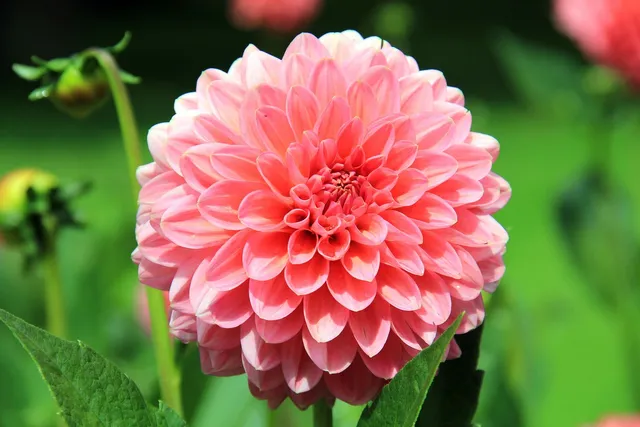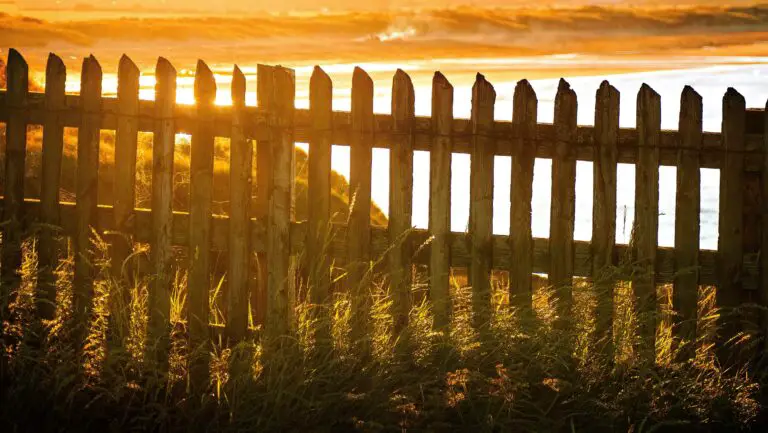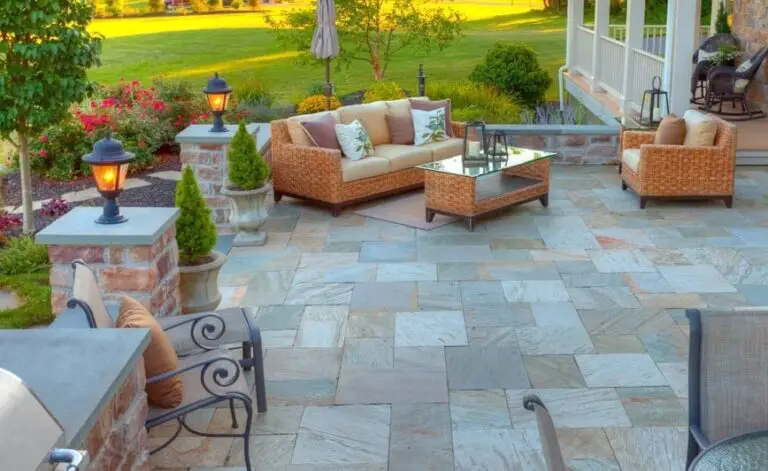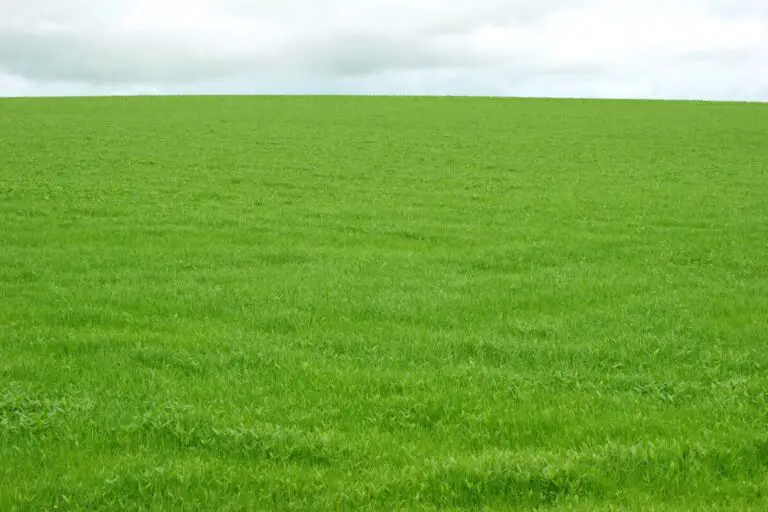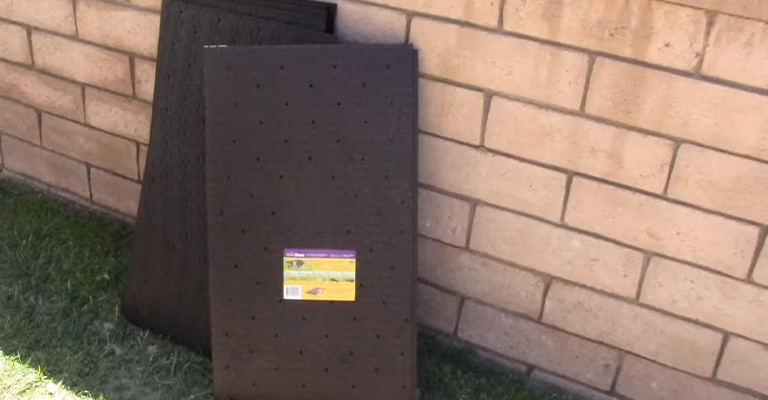Keyhole Garden: A Sustainable Approach to Bountiful Harvests
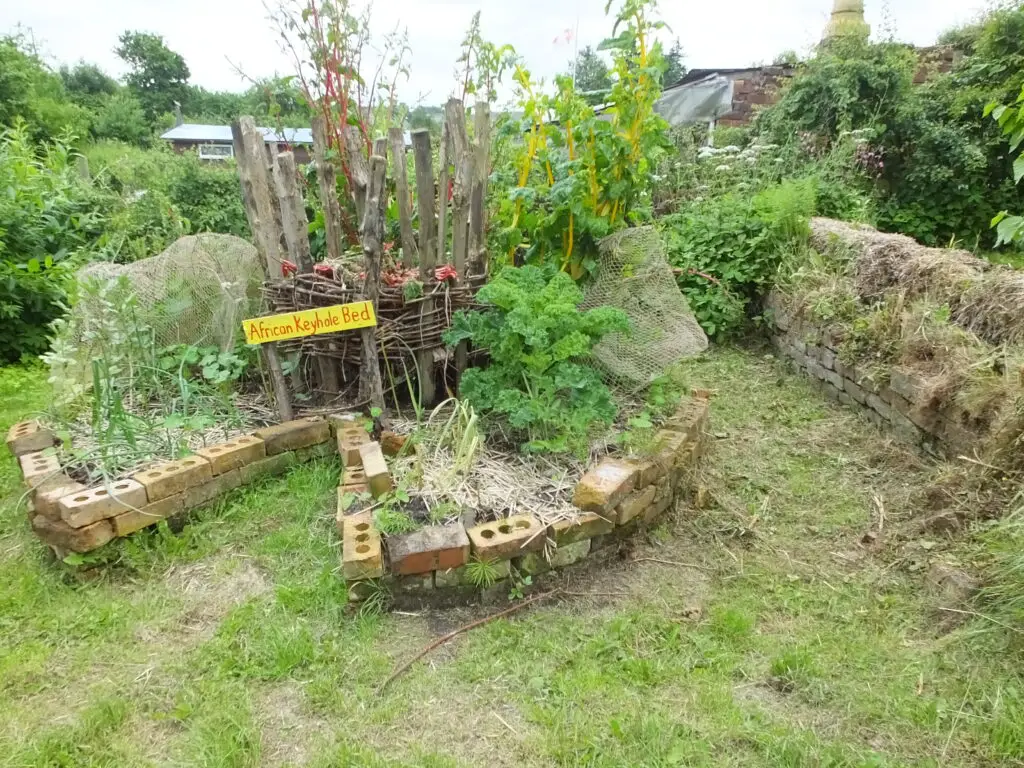
In the realm of sustainable gardening, the keyhole garden concept has emerged as a revolutionary method that combines efficiency with eco-friendliness. This unique garden design, originating from Africa, has gained popularity worldwide due to its low maintenance, high productivity, and excellent adaptability to various climates. In this comprehensive guide, we will delve into the essence of keyhole gardening, its benefits, and practical tips for creating your own keyhole garden.
Understanding Keyhole Gardens
A keyhole garden is characterized by its distinctive shape, resembling a keyhole when viewed from above. This design typically includes a circular raised bed with a ‘notch’ cut into one side, providing easy access to the central compost basket. This composting hub is the heart of the garden, continuously feeding nutrients to the plants.
Why Choose Keyhole Gardening?
Water Efficiency
One of the most significant advantages of keyhole gardens is their water conservation capability. The central compost basket helps retain moisture, reducing the need for frequent watering.
Space Maximization
Ideal for small spaces, keyhole gardens offer abundant yields in a compact area, making them perfect for urban gardeners.
Ergonomic Design
The raised bed of a keyhole garden allows for comfortable gardening without the strain of bending or kneeling.
Nutrient-Rich Soil
Continuous composting enriches the soil, ensuring a fertile environment for plant growth.
Step-by-Step Guide to Building a Keyhole Garden
1. Selecting the Location
Choose a sunny spot with good drainage. Ensure the area is flat and accessible.
2. Marking the Garden
Outline a circle with a diameter of about 6 feet. Mark the ‘keyhole’ section, which should be wide enough to allow easy access.
3. Constructing the Walls
Use stones, bricks, or recycled materials to build the circular wall, about 3 feet high.
4. Creating the Compost Basket
In the center, construct a wire or mesh basket for your compost materials.
5. Layering the Garden
Fill the garden with alternating layers of organic material, such as dry leaves, manure, and topsoil.
6. Planting
Choose a variety of plants suited to your climate. Plant taller plants towards the center and shorter ones around the edges.
Maintaining Your Keyhole Garden
Regular Composting
Add kitchen scraps and garden waste to the central basket to maintain soil fertility.
Mulching
Use organic mulch to retain moisture and suppress weeds.
Watering
Water the central basket, allowing the nutrients to seep into the surrounding soil.
Crop Rotation
Rotate your crops to prevent soil depletion and reduce pest problems.
Keyhole Gardens Around the World
Adaptable to various climates, keyhole gardens have been successfully implemented in arid regions of Africa, temperate zones in Europe, and even in North America. Their versatility and efficiency make them an excellent choice for gardeners worldwide.
The Environmental Impact of Keyhole Gardens
Keyhole gardens are more than just a method for growing plants; they are a testament to sustainable living. By efficiently using water, composting organic waste, and reducing the need for chemical fertilizers, these gardens contribute to a healthier ecosystem. This aspect makes them particularly valuable in areas facing environmental challenges such as water scarcity and soil degradation.
Customizing Your Keyhole Garden
While the basic design of keyhole gardens is uniform, there’s ample scope for customization. Gardeners can choose from a variety of plants based on their local climate and personal preferences. Whether it’s vegetables, herbs, or flowering plants, the keyhole garden is versatile enough to accommodate a diverse range of flora.
Community and Educational Aspects
Keyhole gardens have also found their place in community and educational settings. Schools have adopted these gardens as tools for teaching children about sustainable agriculture and ecology. Community gardens have embraced the keyhole design to foster social interaction and collective responsibility for sustainable living.
Tips for a Thriving DIY Keyhole Garden
Seasonal Planting
Align your planting schedule with the seasons for optimal growth.
Diverse Planting
Cultivate a variety of plants to encourage a healthy ecosystem and deter pests.
Regular Maintenance
Keep an eye on plant health, prune when necessary, and manage pests organically.
Conclusion
Building a keyhole garden bed is an enriching experience that transforms a simple garden bed into a sustainable powerhouse. By using readily available materials like chicken wire for the compost bin and layering garden soil with grass clippings and yard waste, you create a nutrient-rich compost pile at the heart of your garden. This central composting system, a defining feature of keyhole garden beds, not only enriches the soil but also makes it ideal for growing a variety of plants, especially nutrient-hungry leafy greens. The design of the raised garden bed, with its accessible notch, ensures ease of maintenance and harvesting, making it an excellent choice for gardeners of all levels.
The integration of organic matter into the compost pile continually revitalizes the garden soil, creating a cycle of sustainability right in your backyard. Whether you’re looking to build a keyhole garden bed from scratch or convert an existing garden bed, the process is straightforward and rewarding. Utilizing everyday materials like chicken wire, grass clippings, and yard waste not only helps in reducing waste but also contributes to creating rich compost, essential for a thriving garden. The keyhole garden bed stands as a testament to eco-friendly gardening practices, proving that with a little creativity and effort, sustainability and abundance can go hand in hand.

